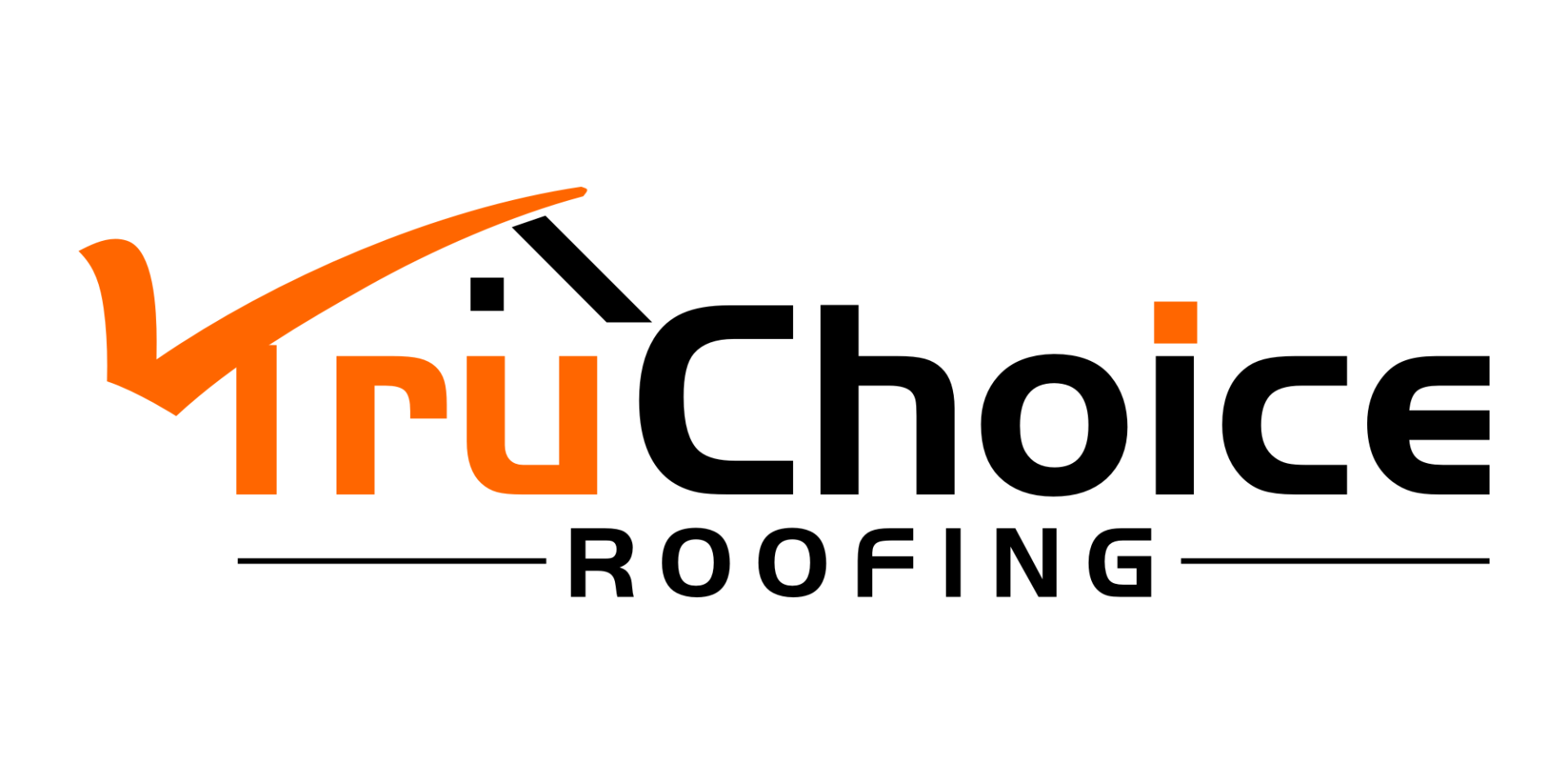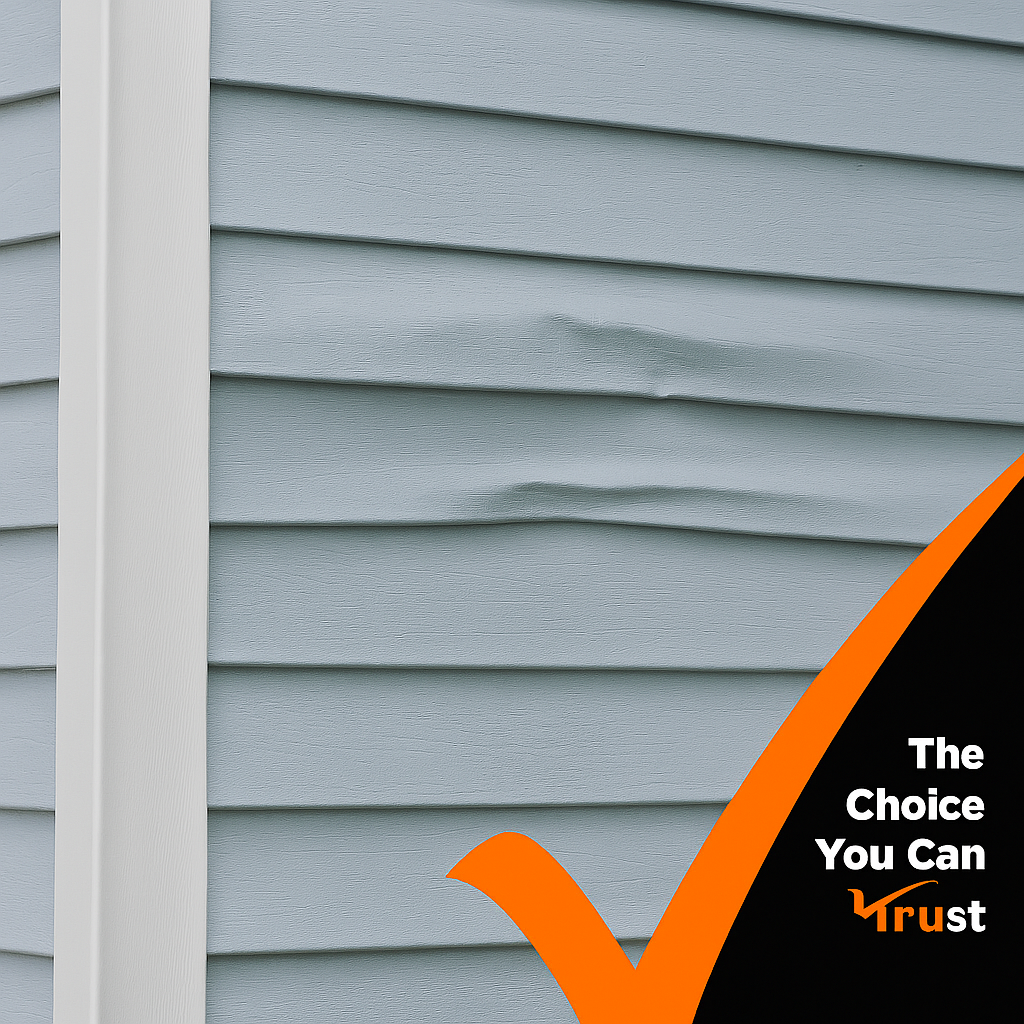Understanding Different Types of Roof Shingles and Their Benefits
The roof, often referred to as the crowning glory of a home, plays a pivotal role in protecting us from the elements. It also improves how our homes look from the outside.
One of the key decisions homeowners face when considering roof replacement or installation is the choice of shingles.
With a myriad of options available in the market, each boasting unique characteristics and benefits, the task of selecting the right shingles can be both exciting and overwhelming.
Read on to find out all about the different types of roof shingles.
Wood Shingles
Wood shingles offer a diverse range of options, each with distinct characteristics and advantages.
Cedar shingles stand out as a popular choice. That's due to cedar's inherent resistance to insects and decay. Beyond its resilience, cedar provides excellent insulation.
As these shingles weather, they gracefully transition to a silvery gray. That helps contribute a rustic charm to any structure.
Redwood shingles boast a rich, reddish-brown hue and natural resistance to decay and insects. Their durability and longevity are helpful. That's especially true for those who want a roof with both aesthetic appeal and reliability.
Pine shingles offer an economical alternative to cedar and redwood. They're lighter and easier to install. However, they may require more maintenance and treatment to enhance their resistance to decay and insects.
As a more budget-friendly option, pine shingles maintain a place in the market for those seeking a balance between cost and visual appeal.
Oak shingles, recognized for their strength and density, provide a robust roofing option. Typically heavier, oak shingles are often chosen for historical or high-end projects. However, they may necessitate additional maintenance compared to other wood types.
For those who want more protection, treated wood shingles are chemically treated to fortify their resistance to decay and insects. Pressure-treated pine shingles are one treatment option.
This treatment increases their durability and lifespan. That makes them a strong choice for those seeking the natural beauty of wood with added longevity.
Benefits of Wood Shingles
The benefits of wood shingles extend beyond their material variations. Apart from their aesthetic allure, wood shingles offer natural insulation, contributing to temperature regulation and energy efficiency.
As a renewable resource, wood aligns with environmentally conscious building practices. That's especially true when they're sourced sustainably.
The customization possibilities with wood shingles are vast. This allows for unique designs that complement specific architectural styles.
The breathability of wood shingles promotes proper ventilation. That reduces moisture-related concerns.
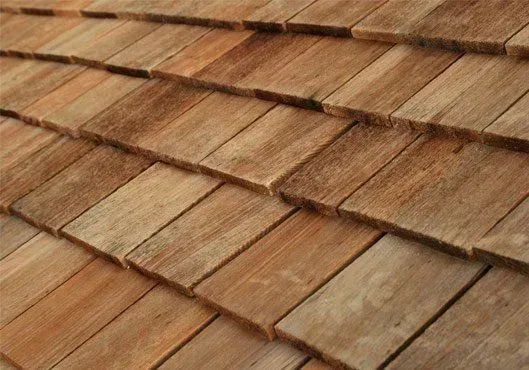
Composite Shingles
Composite shingles are a modern and versatile roofing option. One popular variety is asphalt shingles, composed of a fiberglass mat coated with asphalt and mineral granules. Asphalt shingles are renowned for their affordability and ease of installation.
They come in lots of styles and colors. This offers homeowners flexibility in achieving their desired aesthetic.
Another type of composite shingle is the architectural or dimensional shingle. These shingles are designed to add depth and dimension to the roof. They mimic the appearance of more traditional roofing materials like wood or slate.
With a heavier construction compared to standard asphalt shingles, architectural shingles often boast enhanced durability. That also means they can withstand harsh weather conditions more effectively.
For those seeking an environmentally friendly option, there are composite shingles made from recycled materials. These shingles repurpose materials like rubber, plastic, or wood fibers.
They offer eco-friendly benefits. They also provide durability and resistance to weather elements.
Tile-look composite shingles offer an alternative for those desiring the appearance of clay or concrete tiles without the added weight.
Constructed from a blend of materials, these shingles are lighter and easier to install. But, they still provide the desired aesthetic of traditional tile roofs.
Composite shingles, in general, are known for their low maintenance requirements. They resist rot, insects, and mildew, contributing to a longer lifespan and reducing the need for frequent repairs.
Additionally, many composite shingles come with warranties. That helps provide homeowners with peace of mind regarding their investment.
Composite shingles benefits extend beyond their material variations. They often meet fire resistance standards. That enhances your home's safety. Their lightweight nature makes them suitable for a wide range of roofing structures.
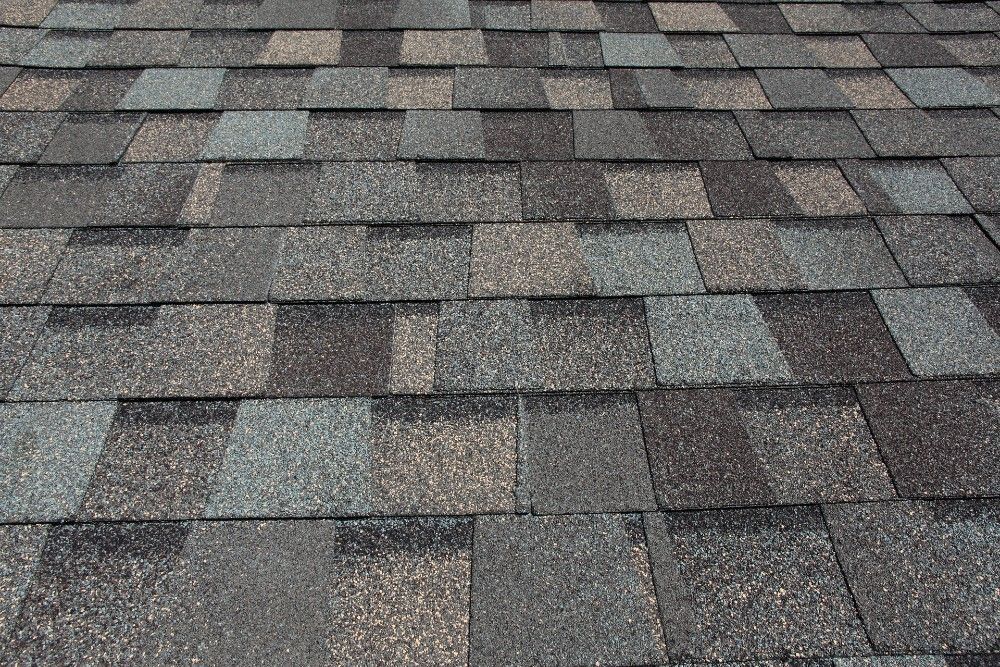
Metal Shingles
Metal shingles represent a contemporary and durable roofing option, valued for their longevity and versatility.
The benefits of metal shingles extend beyond their diverse types. Metal roofs, in general, are energy-efficient. They reflect sunlight and reducing heat absorption, which can contribute to lower energy bills.
Metal shingles are also lightweight. They're easy to install and compatible with a wide range of architectural styles. Their resistance to fire, insects, and weather elements makes them a low-maintenance option with a long lifespan.
One type of metal roofing is the standing seam metal shingle.
These shingles have raised seams that interlock, providing a sleek, modern appearance while offering exceptional weather resistance. The standing seam design prevents water infiltration, making them well-suited for regions with heavy rainfall or snow.
Another popular variety is the metal shake shingle, designed to mimic the aesthetic of traditional wooden shakes.
These shingles combine metal's durability with the rustic charm of wood, offering a low-maintenance alternative to natural materials. Metal shake shingles are known for their resistance to fire, insects, and rot, providing homeowners with a durable and long-lasting roofing option.
For those seeking a lightweight yet durable option, metal tile shingles emulate the look of traditional clay or concrete tiles. Constructed from materials like steel or aluminum, they're weather-resistant.
They can withstand extreme temperatures. Their lightweight nature makes them suitable for a variety of roof structures.
Copper Shingles
Copper shingles are for those looking to make a statement with their roofing. They have a distinctive appearance and natural patina. While initially shiny and metallic, copper develops a unique greenish patina over time.
Copper shingles are not only aesthetically pleasing but also known for their corrosion resistance and longevity.
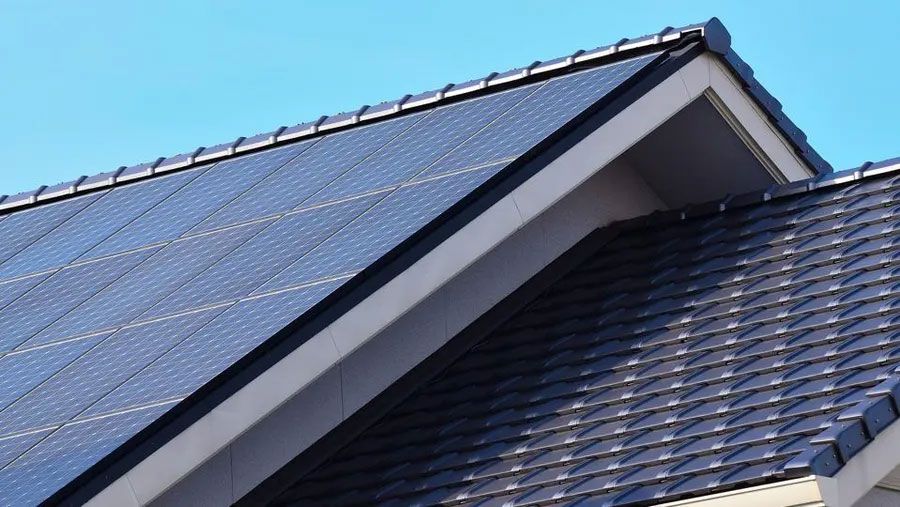
Slate Shingles
Slate shingles, esteemed for their timeless elegance, are a premium roofing material.
One of the most notable types of slate shingles is natural slate. These usually come from metamorphic rock formations.
Natural slate shingles are renowned for their distinct textures, subtle color variations, and unparalleled longevity. These shingles can last for a century or more. That makes them one of the longest-lasting roofing options.
Synthetic slate shingles offer a more affordable alternative to natural slate. They're crafted from a combination of recycled materials such as rubber and plastic.
Synthetic slate shingles offer a more affordable alternative to natural slate. Despite being a man-made product, synthetic slate shingles replicate the look of natural slate well.
They are lighter in weight than their natural counterparts. That makes them easier to handle during installation. They can be a cost-effective choice for homeowners.
Graduated Slate Shingles
Another variation is the graduated or graduated-length slate shingle. These shingles are designed to have varying lengths. That creates a more textured and irregular appearance on the roof.
Graduated slate shingles add depth and visual interest to your home.
The benefits of slate shingles extend beyond their aesthetic appeal. Natural slate shingles are fire-resistant, highly durable, and impervious to rot and insect damage.
They also provide excellent insulation. That helps to regulate temperatures within the home.
Additionally, both natural and synthetic slate shingles are low-maintenance. They require minimal attention over their extensive lifespan.
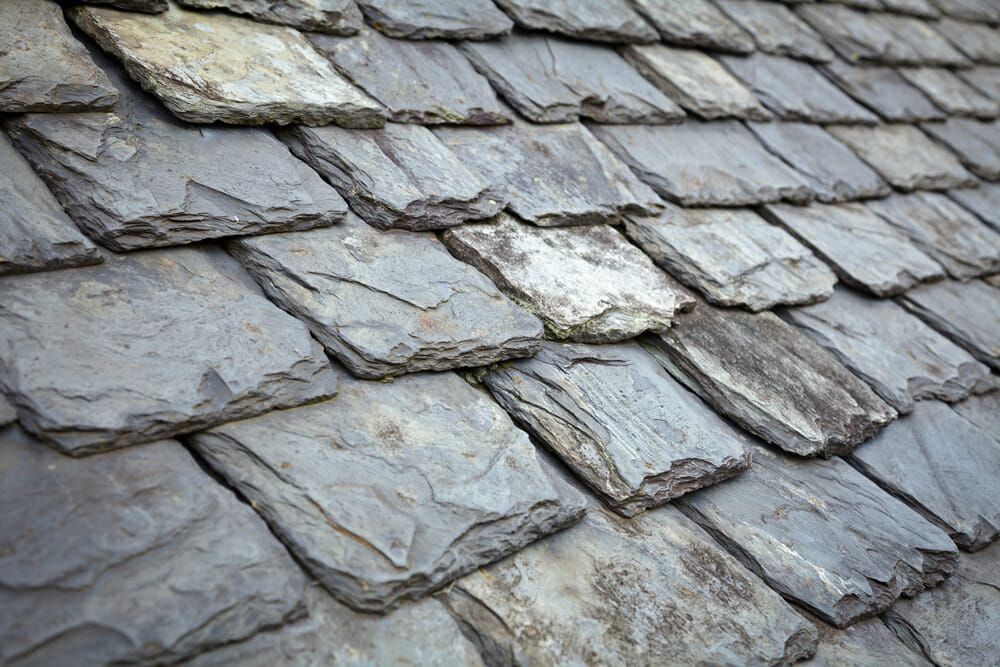
Types of Roof Shingles: Decide Today
There are so many types of roof shingles out there. It can take a lot of work to figure out what will work for your needs!
Do you need professional roofing help? TruChoice Roofing has you covered. We guarantee the best possible services we can at an affordable cost.
Get a quote from us today.
